How to control garden pests
Dealing with the pests that attack and destroy plants is all part of maintaining a healthy garden.
Here we’ll discuss how to identify some of the most common garden pests and offer ideas on how to get rid of them.
Some of the most common pests you’ll find in your garden are:
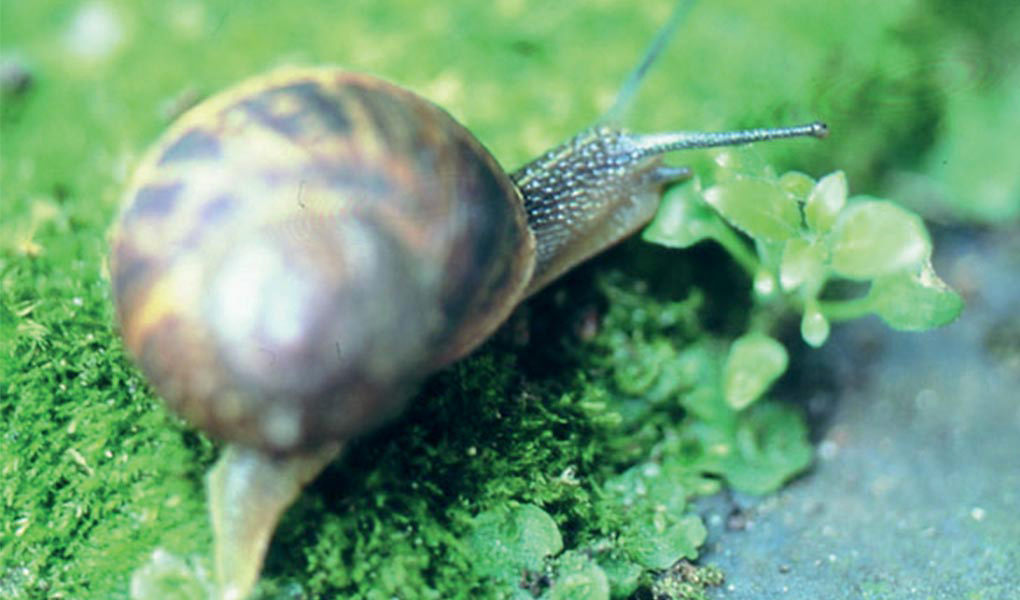

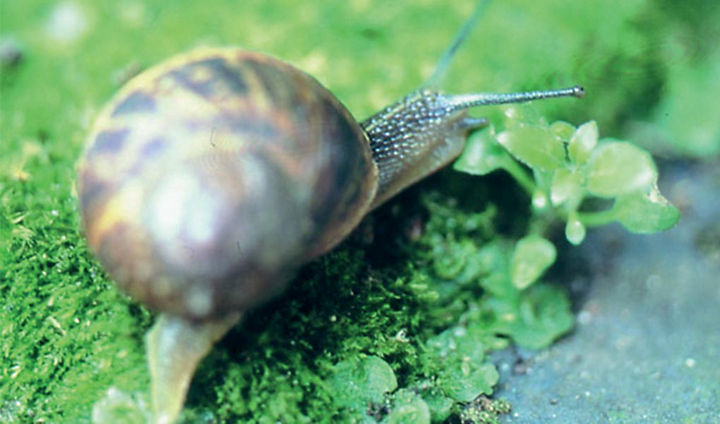
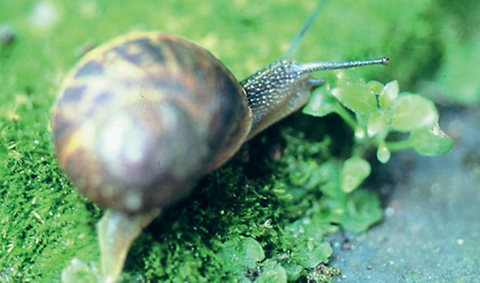
Slugs and snails
Slugs and snails love the cool, wet weather and eating tender plants such as salad crops and hostas. Sweep up garden rubbish so they can’t hide under it.
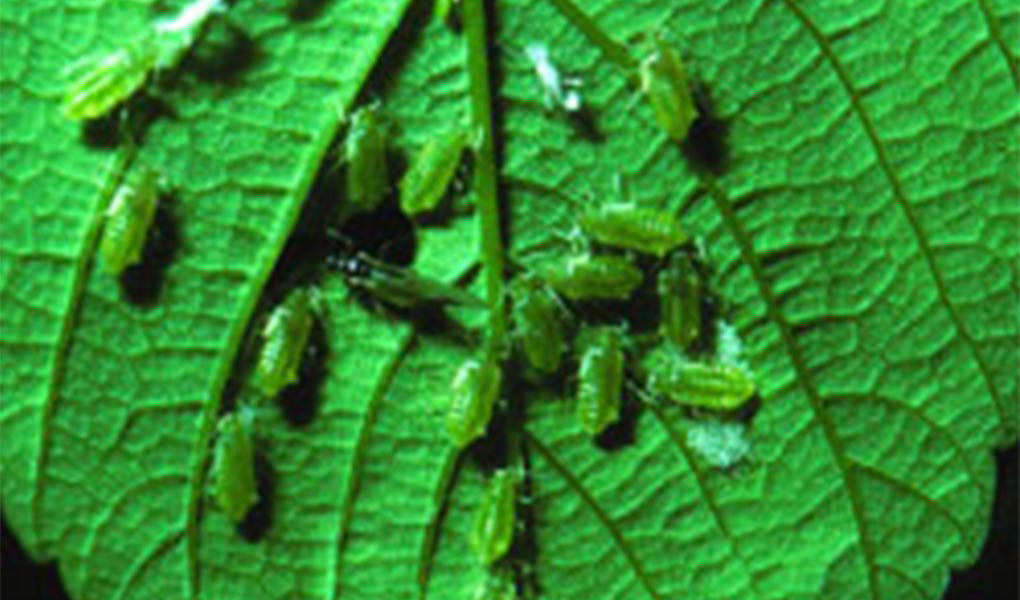

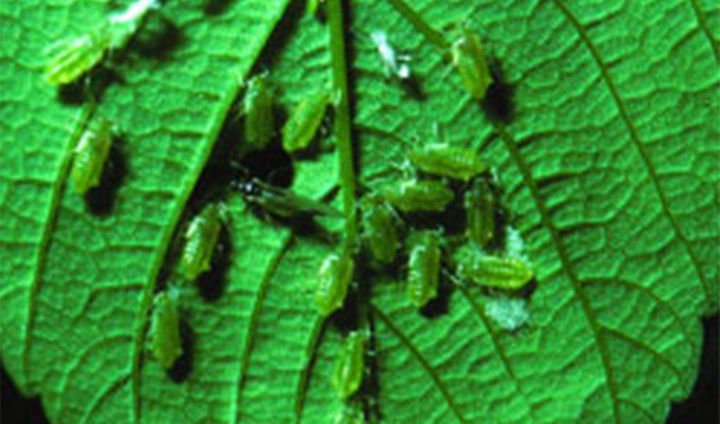
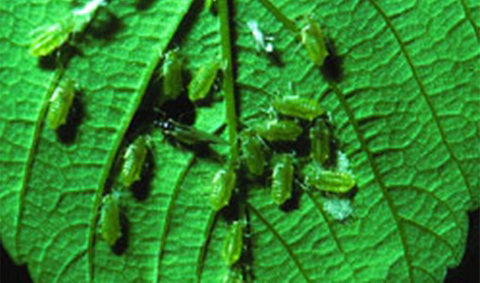
Aphids and whitefly
Greenfly, whitefly and blackfly are sap-sucking insects that can severely disfigure flowers and growing tips. The honeydew (the sugars from inside a plant), they deposit on leaves attracts a sooty mould.
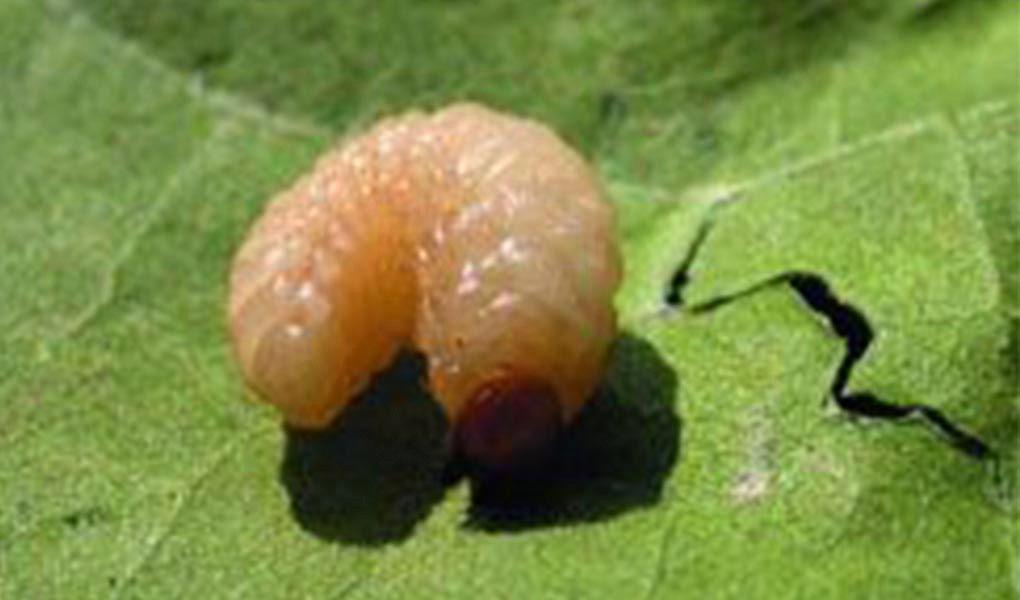

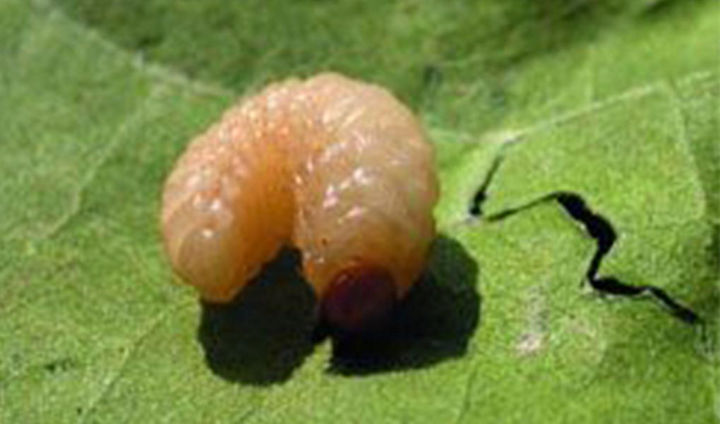
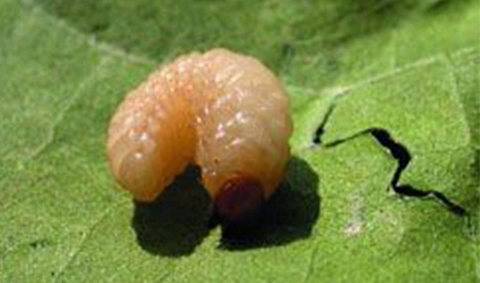
Vine weevil
These grey, long-snouted beetles don’t cause too much damage as adults – they just nibble leaf edges. But the large, fat, brown-headed, maggot-like grubs that hatch in the soil, eat every root in site. Most likely to infest plants grown in containers.
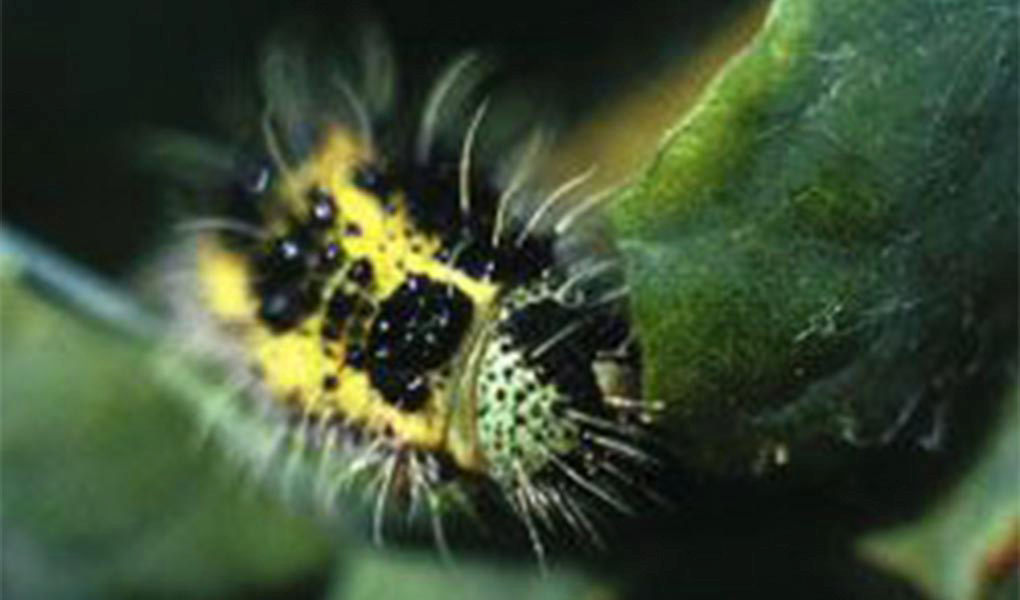

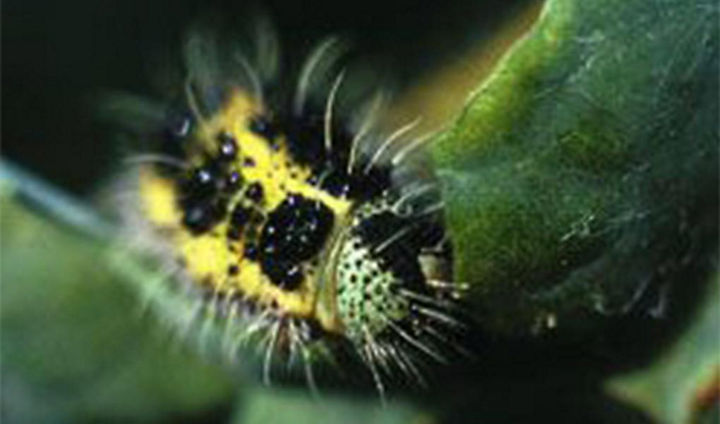
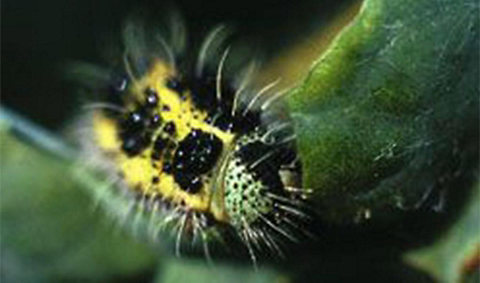
Caterpillars
Cabbage white and mullein moth caterpillars tend to cause the most problems in gardens. The former attacks nasturtiums (*Tropaeolum*) as well as brassicas (such as cabbages and broccoli); while the latter devastates mullein (*Verbascum*).
Be careful when controlling your garden's caterpillars so that populations of beneficial pollinating butterflies and moths aren't impacted.
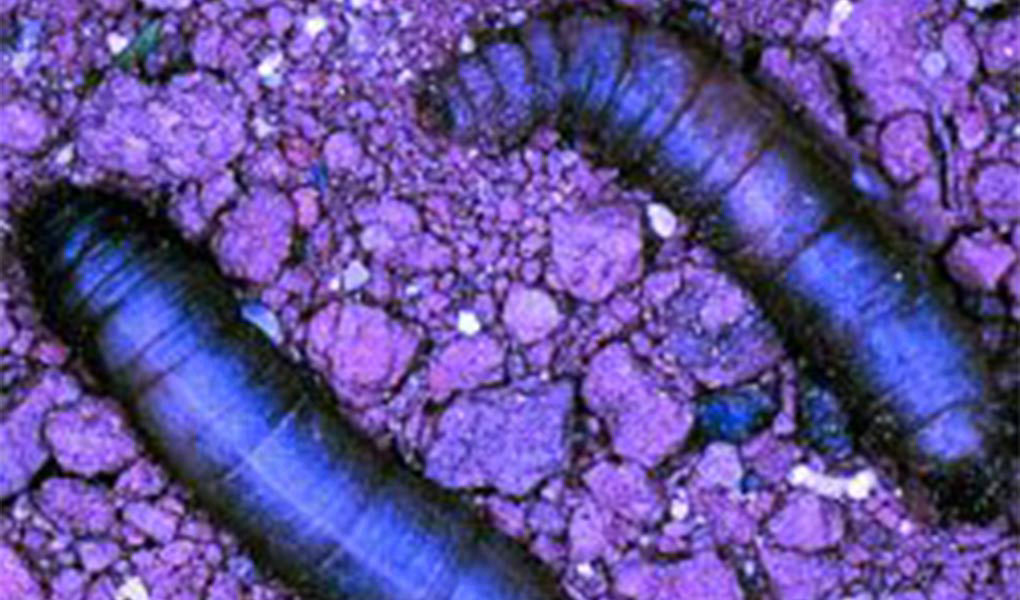

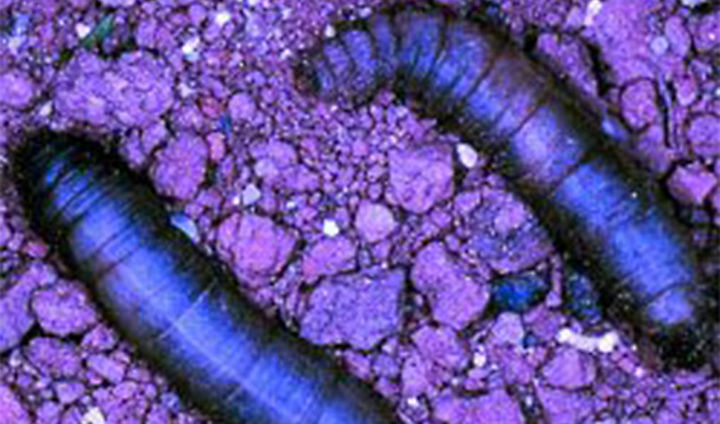
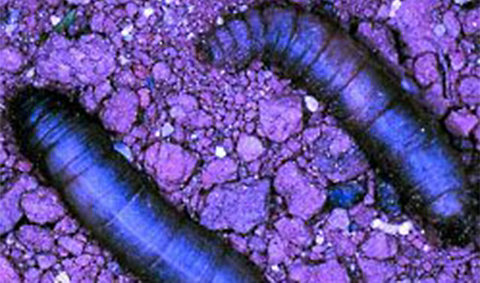
Leatherjackets
Looking like fat, brown caterpillars with no legs, they are actually the larvae of daddy longlegs. They live in the soil and feed on the roots of almost anything – they can be especially problematic in lawns as they eat the roots of grass.
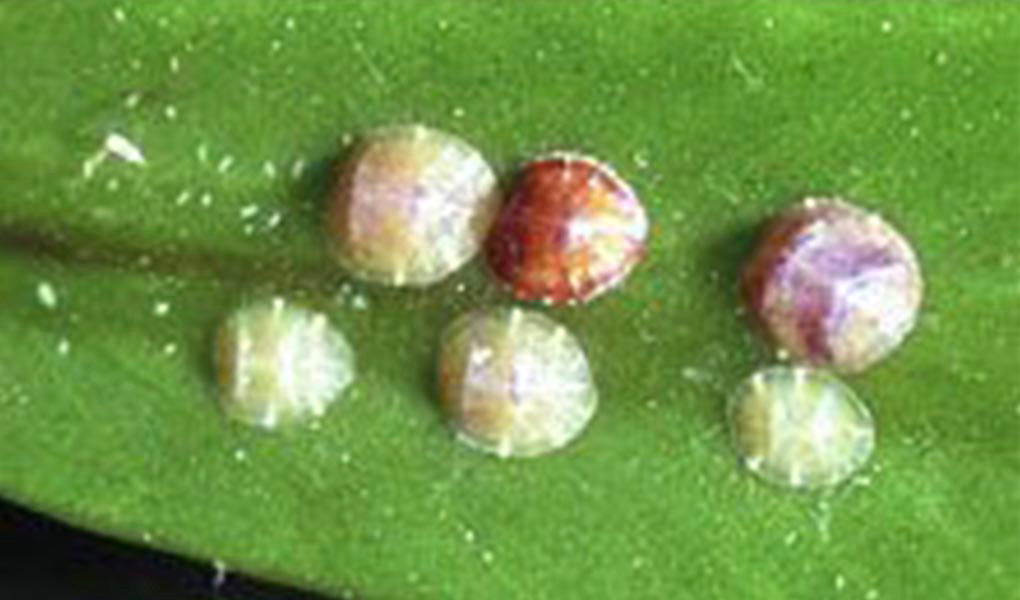


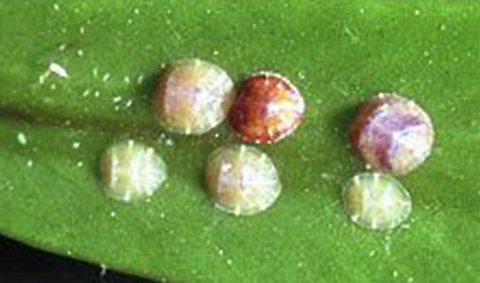
Scale insects
These flat, brownish sapsuckers cling to stems, like barnacles to a boat. They secrete honeydew, which encourages sooty mould to develop and bad infestations can kill plants.
Look for bumps or scales on the underside of leaves, and prune infected stems and leaves, disposing of them carefully.
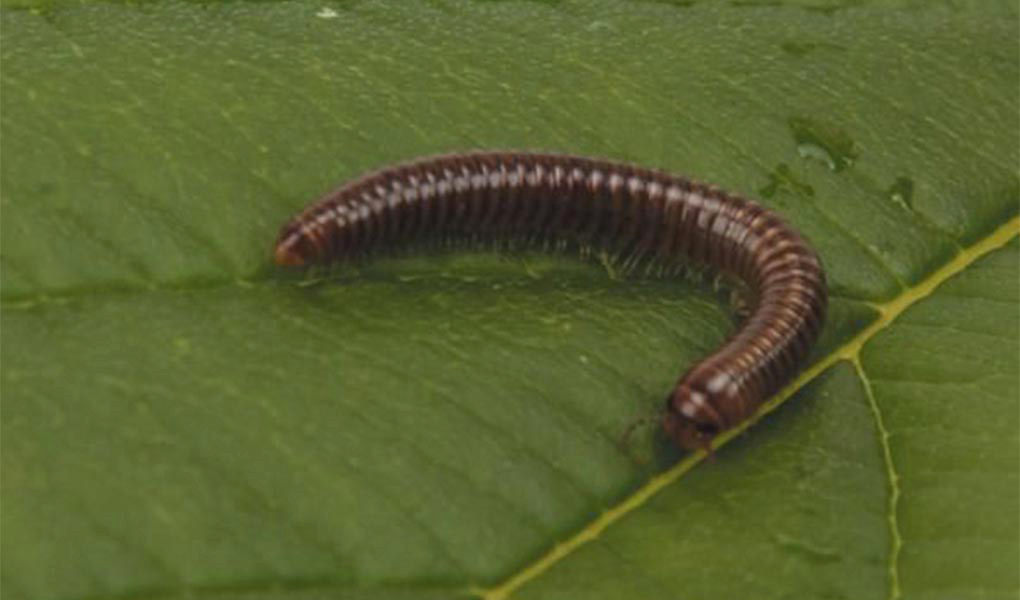

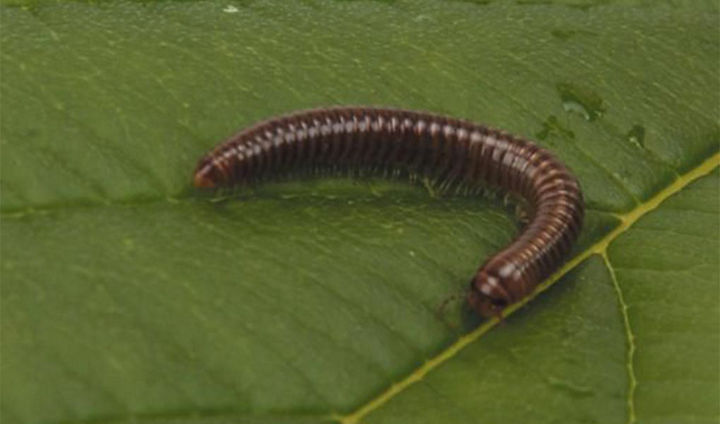
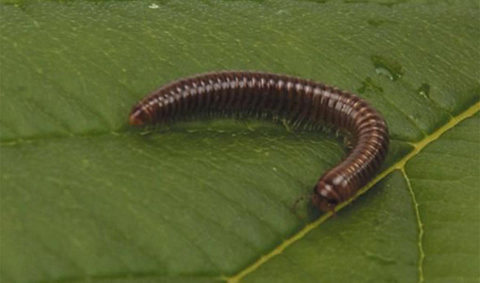
Millipedes
Shiny, black creatures that like to eat roots, millipedes are rarely a serious problem unless they occur in large numbers.
Sweep up garden rubbish regularly to help keep their numbers in check.
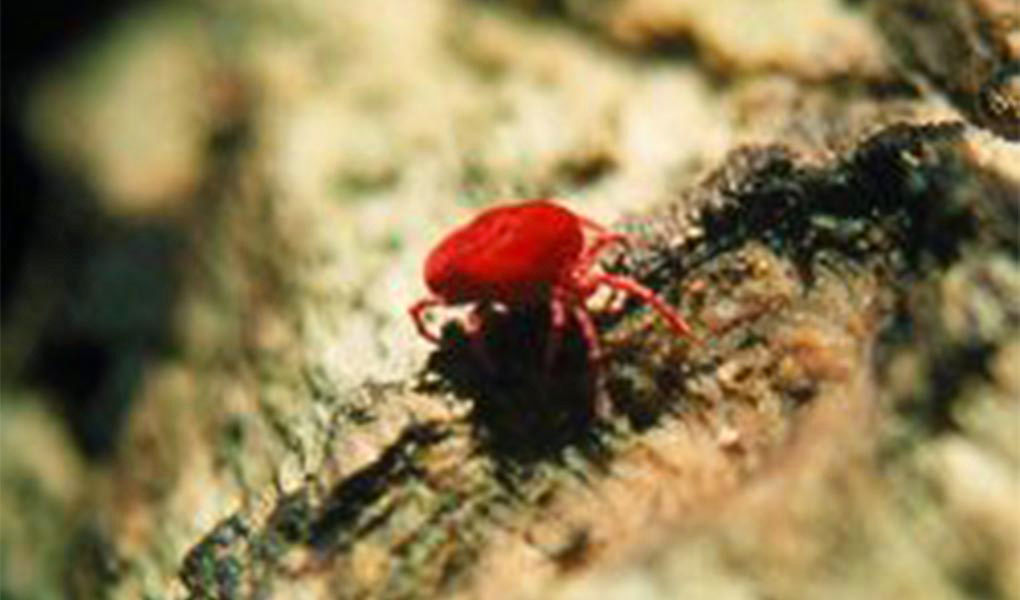

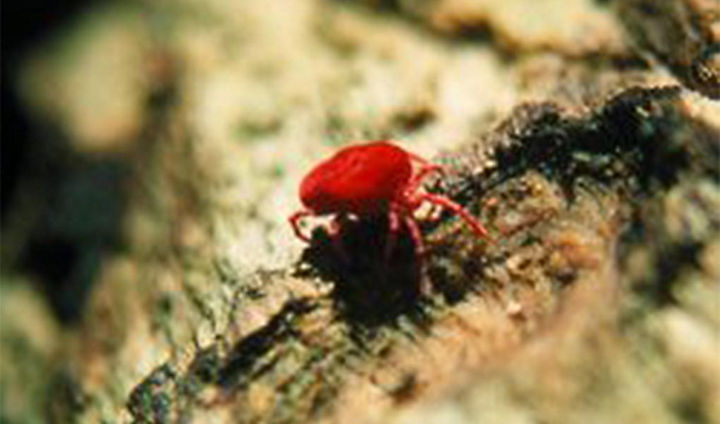
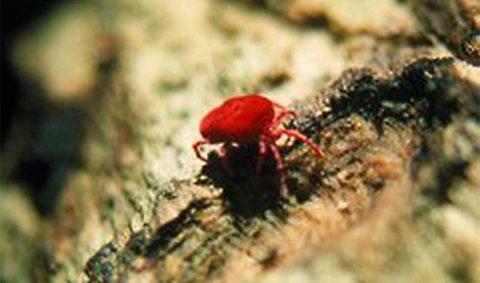
Red spider mites
These spiders are so tiny that they're almost invisible, but you’ll know if they’re there by the tell-tale webs between the leaves of the plants. Being sapsuckers, they cause mottling on leaves and bad infestations can kill plants.
They tend to be more of a problem in greenhouses than in the garden, but they will move out in warm dry conditions. Keeping plants well watered will help to deter spider mites.
Look out for the mottling on leaves when choosing new plants to avoid inadvertently introducing the mites. And if you do find an infestation, separate out plants that have been impacted so that they don’t infect the healthy ones.
There are a number of different ways to control garden pests and protect plants, many of which are unique to the type of pest.




Manually remove pests
For use against slugs, snails, caterpillars & adult vine weevils
Larger pests can be picked from your plants by hand and disposed of. This is best done at night when they are most active – so use a torch to spot them. Or, if working during the day, look for them in moist, shady spots, such as the bottom of walls. Many will be too small to see easily so you may need to use other methods as well. We advise wearing garden gloves when handling any garden pests.




Create a barrier between plants and pests
For use against caterpillars, slugs & snails
Stop pests from reaching your garden plants by creating an obstruction. This can be achieved by laying protective horticultural fleece or wire mesh/ plant netting over crops susceptible to cabbage white caterpillars. Or sprinkle sharp sand, horticultural grit or even eggshells around plants that are at risk of slug damage.




Lay traps to protect plants
For use against aphids, whitefly, wasps, slugs & snails
- Ensnare aphids and whitefly by hanging sticky traps in the greenhouse.
- Tackle wasps by hanging wasp traps close to fruit trees before the fruit is fully ripe. Pick up a ready-made one or fashion your own by putting a teaspoonful of jam or honey in the bottom of a jam jar and add water until the jar is three quarters full.
- Attract slugs and snails with either an upturned grapefruit skin or a beer trap (a container with some beer inside sunk into the ground). Dispose of them when full, and if a hungry hedgehog eats the slugs in the trap, the hedgehog won’t be harmed.




Sprinkle slug pellets
For use against slugs
Many slug pellets contain metaldehyde, a toxin that can cause harm to hedgehogs and other wildlife if they eat the pellets – or slugs and snails that have been killed with the pellets. Choose pellets or granules formulated to cause the least amount of harm to other creatures, such as our non-toxic options.
Scatter them thinly and only around the plants which are the most susceptible. Always follow the instructions on the packet and dispose of dead slugs and snails that you find.




Consider pesticides
For use against most insects
Chemical pesticides can be used against most insects in your garden. Take care if using them and follow the instructions on the packaging to ensure you're using the products as safely as possible – and reducing the risk of pollution and harm to wildlife.
Those based on soft soap, insecticidal soap or quassia are non-residual and can be used against aphids, caterpillars, red spider mites, sawflies and woodlice. Though do be aware that they're not selective and so will kill all insects.
We recommend looking for organic options, as they may be less harmful to use.




Introduce repellents
For use against cats, rats, mice & moles
From moles ruining the lawn to the messy toilet habits of neighbourhood cats, small animals can be just as problematic as insects.
To repel cats, try placing mothballs or lemon or orange peel in their favourite spots. Or spray or scatter cat-repellent in the area. Another way to keep cats out of your garden, as well as mice, rats, moles and other creatures, is to pick up a sonic repellent. These are designed to deter animals by emitting a noise unpleasant to their ears, but inaudible to ours.
And if you have a problem with rats in your compost bin, fix a steel wire mesh across the base of the bin so that they can't access it and don't add meat or any cooked food to the compost.




Don’t welcome unwanted visitors
Leaving out food can be a great way to welcome wildlife into your garden, but make sure that you’re not encouraging any unwelcome visitors either. If you’re feeding birds in your garden, never feed from the ground as rats and mice will be attracted to this easy food source. A bird feeder makes a better choice – opt for one with a domed top to deter squirrels from helping themselves. And if you keep small pets or poultry at home, take great care to clear up any leftovers once they’ve finished feeding, and keep feed supplies indoors or in a sturdy container such as a metal dustbin that can’t be chewed through.




Protect against birds
Most of the time, birds are beneficial visitors to gardens, keeping many pests under control. There may be times, however, when you're less pleased to see them, perhaps if they're eating your homegrown crops or fish from your pond.
Protect fruit bushes with plant netting to help you eat more of your crop or hang shiny decorations that move in the wind. And deter herons from eating your fish by running wire around the edge of the pond, about 15 to 30centimetres (cm) high. This prevents them from wading into the water and spotting their prey before eating - their preferred method.
Make sure those pesky garden pests don’t return with the following ideas on how to deter them.




Care for plants
For use against most insects
The best way to defend against pests is to grow strong, healthy plants that can withstand a bit of chomping here and there. Sturdy plants are less susceptible than tender, sappy ones so keep your plants well watered and well fed.




Introduce companion planting
For use against aphids, slugs & snails
Companion planting is a gardening method that brings together plants which are mutually beneficial to one another. Partner the plants you want to grow with ones that repel garden pests to provide a natural way to protect plants.
- To tackle insects, particularly aphids, introduce strong-scented plants which they detest. Grow marigolds (*Tagetes*) (pictured) next to susceptible plants to serve a double purpose - keeping away a variety of insect pests and attracting hoverflies, which feast on aphids.
- Repel ants by growing chrysanthemums and peppermint.
- If slugs and snails are a problem, introduce tomatoes, spring onions and most herbs – all firmly detested by these pests.
- And when growing vegetables, alternate rows of vegetables and flowers. The scent of the flowers will disguise the smell of the vegetables and attract predators too.




Attract birds and wildlife into the garden
Each pest also has its own natural predator which, if allowed to do so, is capable or controlling the problem for you – so welcome insects and other forms of wildlife into your garden that will help with you.
Ladybirds, lacewings and hoverflies will devour copious quantities of aphids. Lure them with nectar-producing plants, like pansies, sunflowers (*Helianthus annuus*) and flowering herbs such as lavender (*Lavandula*), sage (*Salvia officinalis*) and rosemary (*Rosmarinus officinalis*). And if slugs and snails are a problem, look to attract frogs, hedgehogs and carabid beetles to your garden.
Birds can play an active role in reducing the population of caterpillars that eat our vegetables and other plants. A well-stocked bird table is one way to increase the number of birds that visit your garden. For more ideas on how to encourage birds and other wildlife into your outdoor space, check out our article on creating a bird and wildlife-friendly garden.
Keep weeds at bay
For use against slugs, snails & more
Weeds are not only unattractive and capable of overwhelming and killing your plants – they also offer extra spots for unwanted slugs and snails to live. Keep them in check and pests will have to move elsewhere for their homes. For more on how to identify and tackle garden weeds, check out our helpful how to guide.